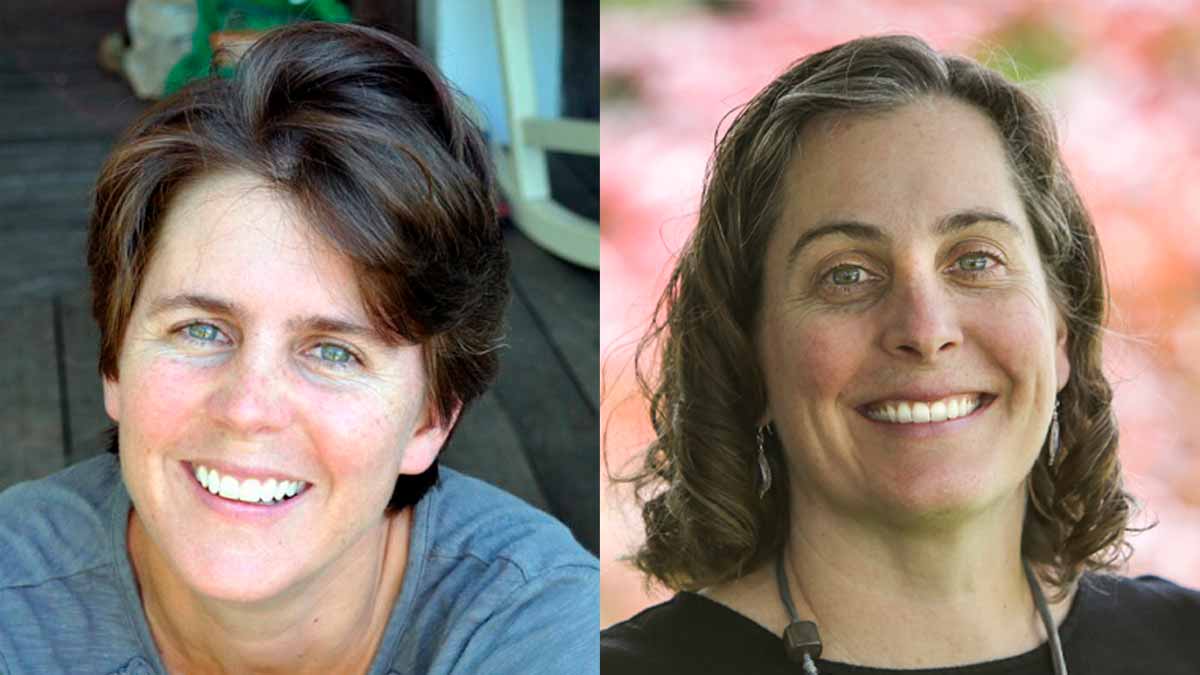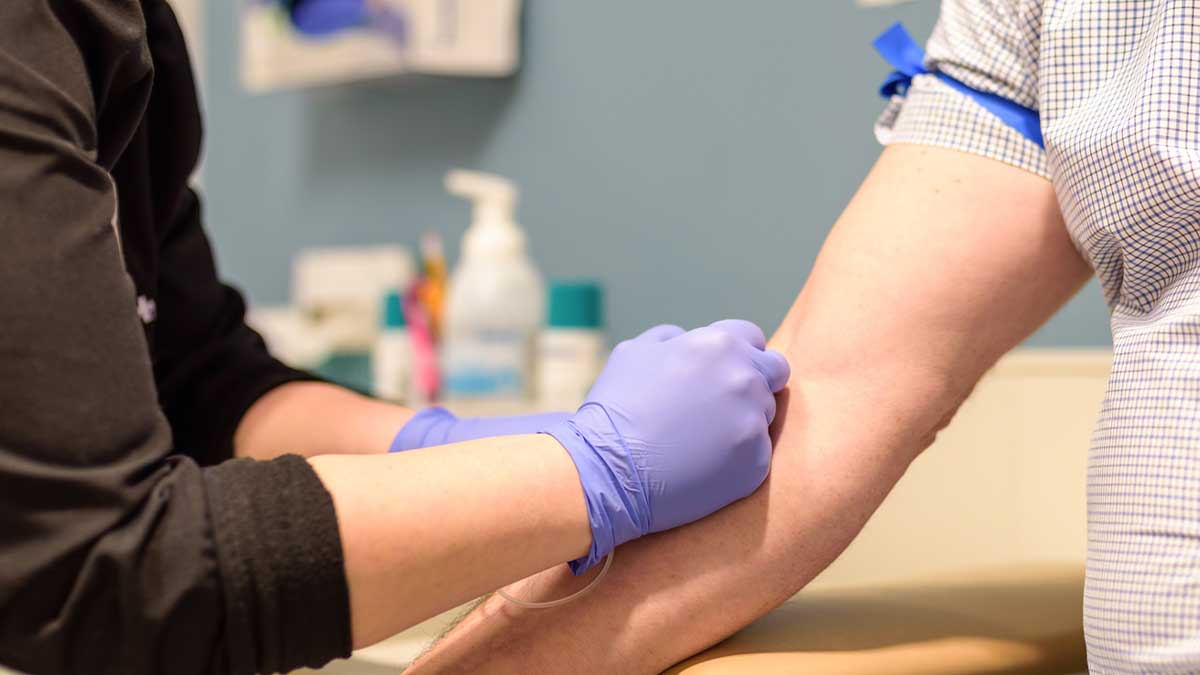Associate dean among student loan forgiveness recipients, thanks to college resources and relaxed federal rules
Your student loan payments may feel as if they will hang over you for the rest of your life, but a limited-time change to a federal program may be able to reduce debt owed by employees of The Ohio State University by tens of thousands of dollars.
The Public Service Loan Forgiveness (PSLF) program has existed for more than a decade, but its complex rules led to few borrowers qualifying for approval for the program. That changed in October 2021 with the new Limited Waiver Program put in place by the Biden administration, which eased the requirements for one year, essentially relaxing program rules through October 2022. The waiver allows for scheduled payments during the current moratorium, late payments, or previously unclaimed payments to be counted towards the 120 payment requirement.
College and medical center leadership engaged Tuition.io (external link) to support their faculty and staff, including those in The Ohio State University Physicians, Inc., in understanding their options, allow them to meet one-on-one with consultants and file PSLF forms electronically. Considering PSLF applies to everyone who has worked or is working at institutions of higher learning, including Ohio State, and any nonprofit organization, time invested in the process has the potential to yield good return on investment.
Timothy Huerta, PhD, MS, associate dean for research information technology and chief research information officer at The Ohio State University College of Medicine and the Ohio State Wexner Medical Center, took advantage of the resources. Over the years, he’d invested a large sum in obtaining advanced degrees.
"When the federal government announced that it was changing the rules on the Public Service Loan Forgiveness program, I viewed it as an opportunity,” says Dr. Huerta. “When I went to college, I took out something like $100,000 in student loans.”
While Dr. Huerta paid off his highest-interest loans first, his federal student loans remained, and because their total amount was so large, he amortized them over 30 years and settled in for the long haul.
At one point, he explains that he attempted to qualify for the forgiveness program under its usual strict rules. Spending 10 years in public service at a not-for-profit institution — in Dr. Huerta’s case, Texas Tech University and Ohio State — satisfied one of the program’s requirements. However, his request was denied because he had once been five days late on submitting a single payment.
The strict rules forbid every being late on a payment so at the time, he resigned himself to the decision, thinking there was nothing he could do.
“It was water under the bridge,” Dr. Huerta says. “I figured I was stuck with the loans for the rest of my life.”
But the relaxed rules, in place through October 2022, offered new hope. With 120 months of qualifying service and 120 loan payments made, Dr. Huerta gave it another try. After validating his service, he had to reconsolidate his loans under a new provider, raising his monthly payment by nearly 20%.
He took a chance on getting through the process which had additional hurdles; a consideration period that was estimated to take a month took two, and then there was a wait to receive his payment history from his previous loan provider.
“I applied in early October, and it took them four months to transfer the loan to FedLoan, and then another three months to get my payment history in order,” says Dr. Huerta. “In late March they sent a letter that stated that they’d forgiven my student loans in the amount of $45,000. Today, I no longer have loans.”
Essential to making the process work is consolidating existing loans categorized as Federal Family Education Loans or Federal Perkins Loans into Direct Loans through a specific provider, the same process Dr. Huerta underwent.
According to Tom Poole, director of talent acquisition at the medical center, this is a great opportunity for those who were turned down or not eligible in the past to count their payments towards forgiveness. The waiver allows for counting non-payments during the COVID payment moratorium, late payments, or previously unclaimed payments to be counted towards the 120 payment requirement. Poole says the partnership has yielded some pretty amazing engagement over the past month.
“Over 1300 staff members have filled out the forms for forgiveness in the first 30 days,” Poole says. “We now have over $83M in loans that are being tracked for forgiveness on the Tuition.IO platform.”
The clock is ticking on the October deadline. Anyone interested in PSLF must fill out the forms to start the process before October 31, 2022. For more information about the resources available at Ohio State, including tuition.io, visit Ohio State's Human Resources website (external link).



